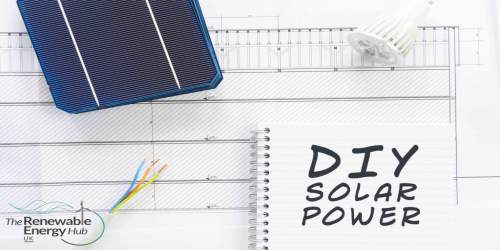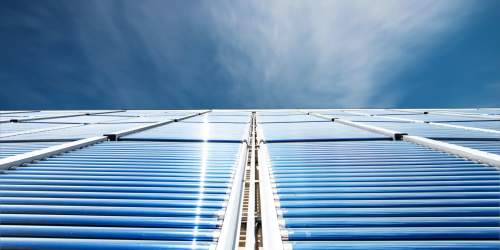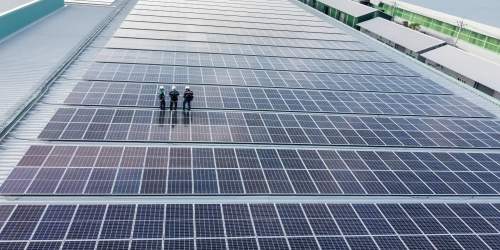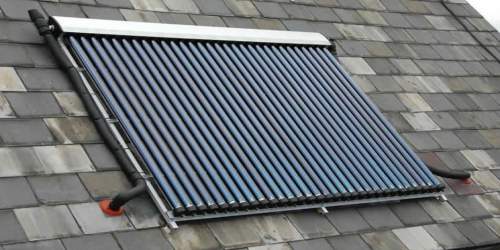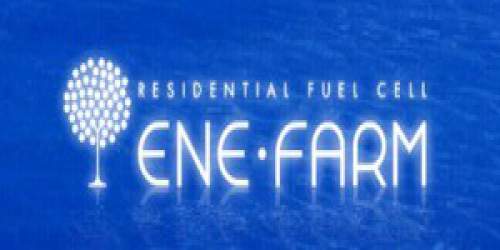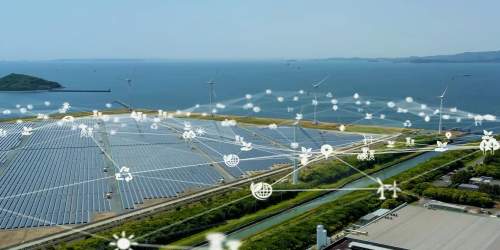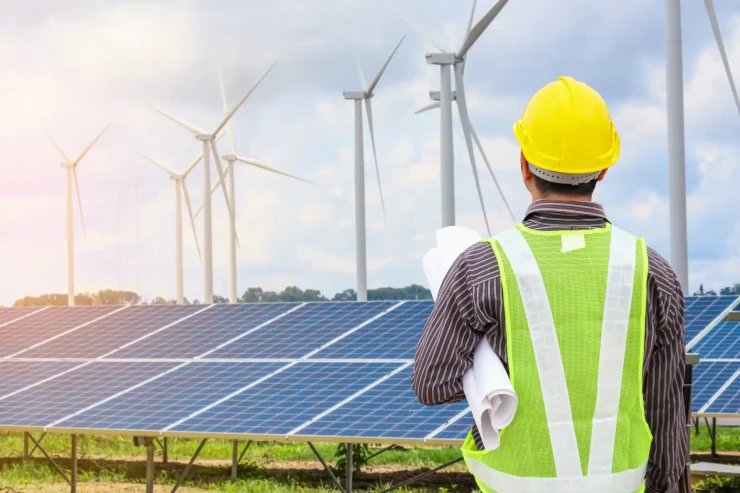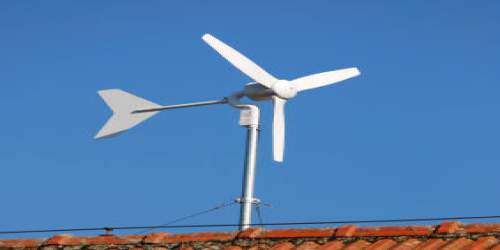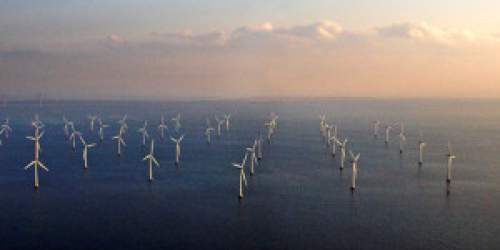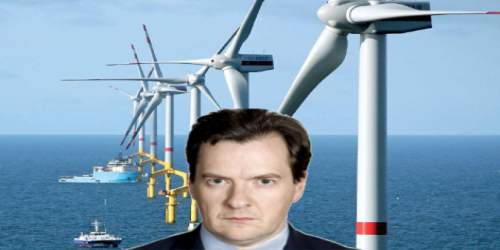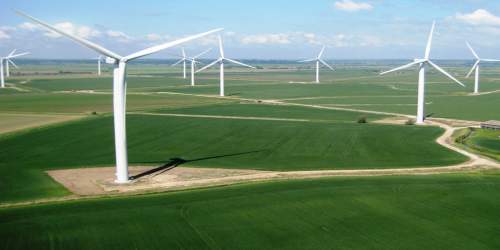Up until now solar farms have been built by smaller energy firms and community groups. That is about to change with the announcement from Scottish Power, one of the big six energy companies that they are going to add solar power for the first time to their onshore and offshore windfarms and focus exclusively on renewables. Scottish Power have sold off their last gas-fired power stations. Keith Anderson, CEO of Scottish Power told the Guardian:
“The solar market has had difficulties over the last wee while. But you look at where the technology cost is getting to, and the possibilities of integrating it with wind … how it balances from season to season wind and solar output, and we see a good opportunity there for further investment.”
Anderson has made this move because he believes renewables are cheaper than other sources and that the use of onshore wind, offshore wind and solar will help drive down the cost of energy. He embraces the world’s need to tackle climate change and sees that investing in 100% green energy is the way to go about achieving that. He says that organisations need to be part of the solution not part of the problem. Scottish Power has turned its back on carbon generation for a renewable future powered by cheaper green energy. They have closed coal mines, sold gas and built enough wind turbines to power 1.2 million homes. Each working day they are investing in providing cleaner, smarter power for their customers. Their focus is to make energy cheaper, cut carbon quicker, build smart grids and connect customers to a renewable electric future for transportation and heating. In the last 10 years Scottish Power has closed all of its coal plants, and with the sale of the remaining gas and hydro stations, the company now generates 100% of its electricity from wind power. It has been argued that energy firms should invest in solar as well as wind since the low wind output across Europe this summer due to the hot, still weather. Scottish Power hope to secure a contract for their planned 1,200MW East Anglia Three project, which would be capable of providing energy for nearly 900,000 homes and make the world’s current biggest, a 659MW scheme off the Cumbrian coast look small. East Anglia THREE covers an area of approximately 305km2. Scottish Power anticipate the project in summary to include:
- Offshore wind turbines and associated foundations (anticipated to be up to 172 wind turbines, each having a rated capacity of between 7 megawatts (MW) and 12 MW with an installed capacity of up to 1,200 MW;
- Up to two meteorological masts and foundations;
- Up to two LiDAR (Light Detection and Ranging) monitoring buoys;
- Up to four offshore collector stations and up to two offshore converter station platforms;
- Up to one offshore platform housing accommodation facilities;
- Subsea inter-array cables between the wind turbines and converter station and collector station platforms;
- Up to four subsea export cables to transmit electricity from the offshore platforms to shore;
- Up to four interconnector cables between the East Anglia ONE and East Anglia THREE Projects;
Anderson also has reason to believe that government ministers are close to rethinking their block on subsidies for onshore windfarms. The results of a poll indicated that two thirds of people living in rural Scottish communities, which are considered to have some of the best prospective sites, support onshore windfarms. ScottishPower is investing £5.2 billion to 2022, with a focus on, renewable energy, enhanced grid networks and smart technology for customers. The decision to add solar power by such a major player marks a major shake-up in the solar industry and could breathe new life into the solar sector after the downturn caused by subsidy cuts.



